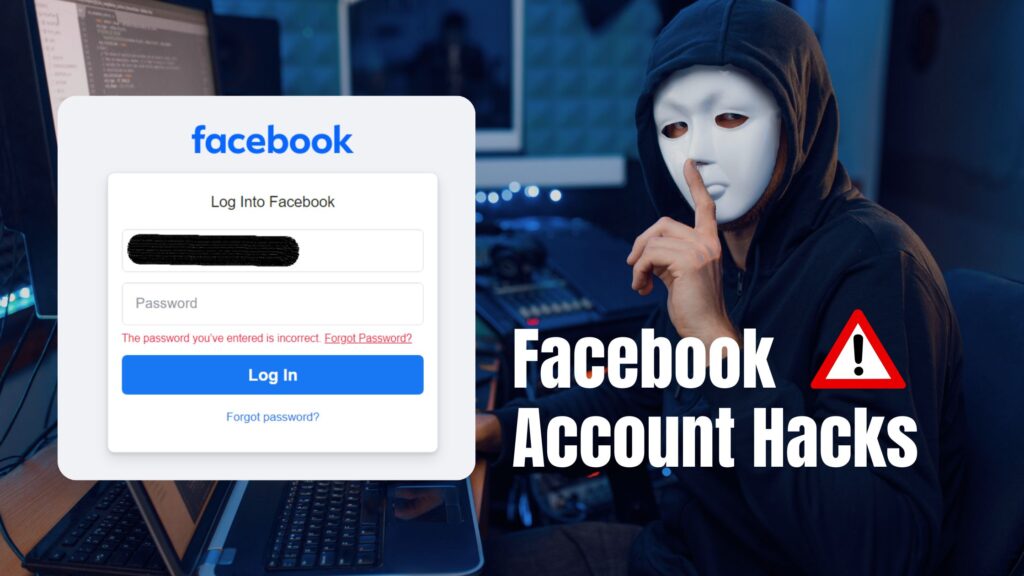What if I told you the most dangerous hackers don’t need to touch a keyboard to steal your data?
Forget the hoodie-wearing genius behind multiple monitors. Today’s biggest threats are smooth-talkers, master manipulators, and psychological tricksters. Welcome to the dark art of social engineering—where the mind is the battlefield, and trust is the weapon.
🚨 Real Talk: This is How You’re Getting Hacked
Hackers love social engineering because it’s effective, scalable, and doesn’t require fancy exploits or expensive zero-day tools. It preys on human error, not technical flaws.
And here’s the scary part: It works on almost everyone. Yes, even you.
Let’s dive into how hackers manipulate you—and how to stop them before it’s too late.
🎭 What is Social Engineering?
Social engineering is the psychological manipulation of people into performing actions or divulging confidential information. It’s hacking the human operating system.
Instead of brute-forcing passwords, attackers brute-force trust.
Classic Social Engineering Examples:
- Phishing Emails – “Your account has been suspended. Click here to verify.”
- Vishing (Voice Phishing) – “Hi, this is IT. We need your password to fix a system error.”
- Tailgating – “Hold the door! I forgot my badge.”
- Pretexting – “I’m a journalist writing a piece on your company. Can I ask a few questions?”
Each one is designed to disarm your suspicion and trigger quick, emotional decisions.

🤯 Real-World Example That’ll Blow Your Mind
In 2020, Twitter was breached—but not by code. A group of teenage hackers socially engineered their way into employee accounts by pretending to be IT staff.
No zero-day exploit. No advanced malware. Just a convincing phone call.
The result? They hijacked the Twitter accounts of Elon Musk, Bill Gates, and even Apple, using them to run a Bitcoin scam.
The damage? Over $100,000 stolen in minutes.
All thanks to the power of persuasion.
🧠 Why It Works: The Psychology Behind the Hack
Social engineering works because it targets human instincts:
- Fear – “Your account will be locked!”
- Curiosity – “Unusual login attempt detected.”
- Urgency – “Act now or lose access.”
- Authority – “I’m calling from the CEO’s office.”
- Greed – “You’ve won a $500 gift card!”
These emotions override rational thinking. And hackers know exactly how to pull these levers.
🛡️ How to Protect Yourself (and Your Company)
Ready to outsmart the social engineer? Here’s how to build your human firewall:
✅ 1. Pause Before You Click
Phishing thrives on urgency. Slow down and examine the message.
✅ 2. Verify Identities
Never trust a caller, email, or visitor without verifying through official channels.
✅ 3. Use Multi-Factor Authentication (MFA)
Even if a password is compromised, MFA can stop unauthorized access.
✅ 4. Educate Continuously
Security awareness training isn’t optional—it’s essential.
✅ 5. Trust, But Verify
Even if it feels real, check it. Social engineers are masters of “looking legit.”
📣 Final Thoughts: You Are the First Line of Defense
Social engineering proves one critical truth in cybersecurity:
The weakest link is always the human.
But that also means you have the power to stop it. Awareness is your best defense. Learn to question, verify, and think critically—because no antivirus in the world can protect you from giving away your own password.




